Maize and sorghum are staple food crops for the subsistence farming community in Somalia.
A pattern of rainfall from 2014 to 2017 recorded in Afgoi compared to long term average rainfall from 1901 to 2015, shows the seasonal upsets of the weather in Somalia. Subsistence farmers often expect more rain in Gu (April-May) than in Deyr (Oct-Nov) as shown in the long-term average rainfall (1901-2015); but in reality, the normal rainfall pattern is reversing the other-way-around.
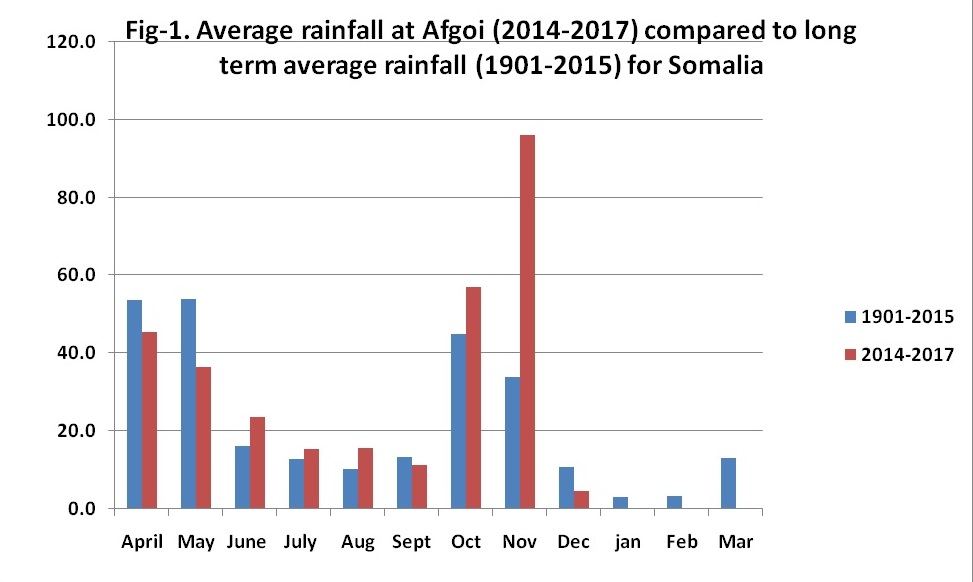
Irrigated and rainfed maize from the Deyr 2017/18 season were under severe moisture stress. The FAW seriously damaged sorghum at vegetative, blooming, and grain milking stages thus, damaging the economic yield (grain) of sorghum crop (Fig-2).
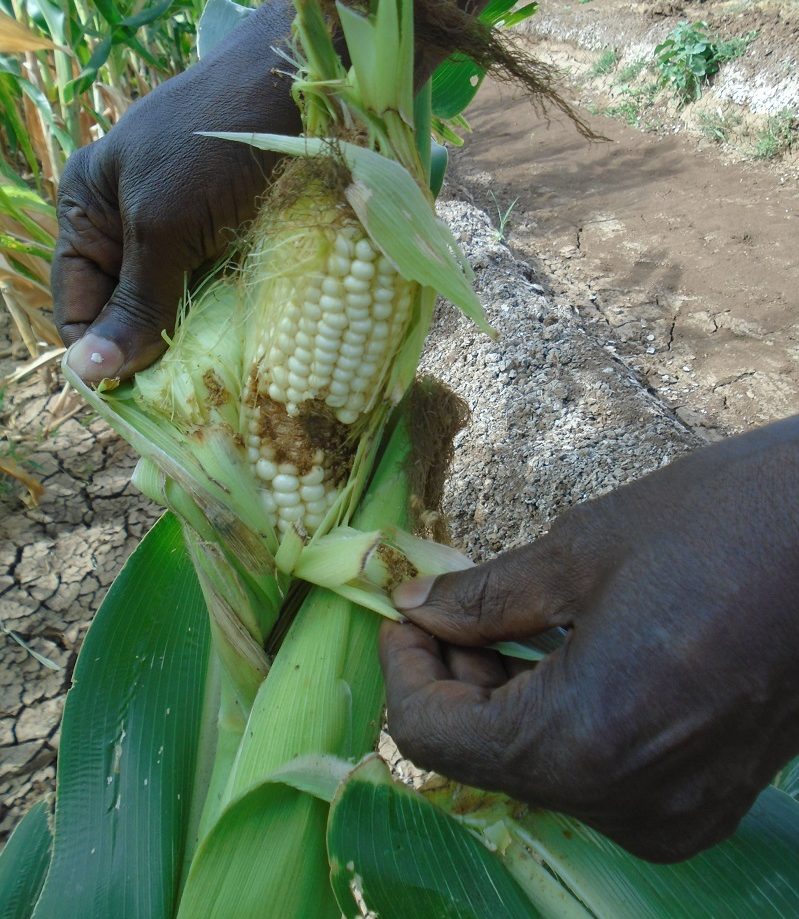
Fig-2
Fig-2. Subsistence farmers’ sorghum harvest panicles damaged by the FAW in rainfed areas at Iidow Libaan village, Afgoi district.
A trial conducted by the SATG in Afgoi has shown the pesticide MATCH 050 EC seems effective for controlling the FAW on sorghum.
Treated SATG demo sorghum with insecticide MATCH 050 EC; the crop was administered limited irrigation at Afgoi
– By ABDULKADIR ABIKAR
Agronomist and Advisor at SATG

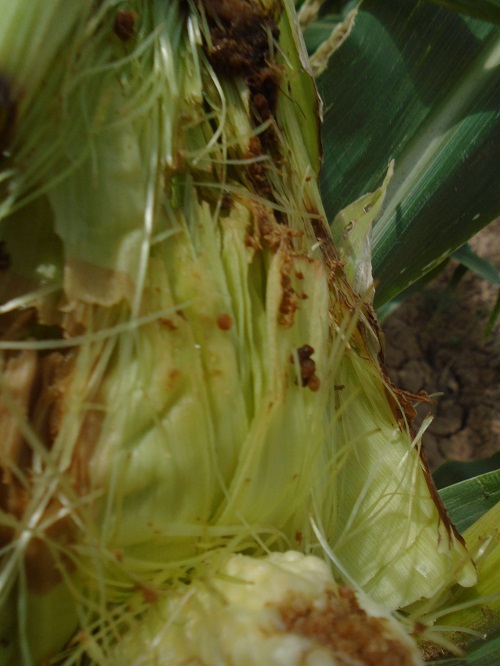
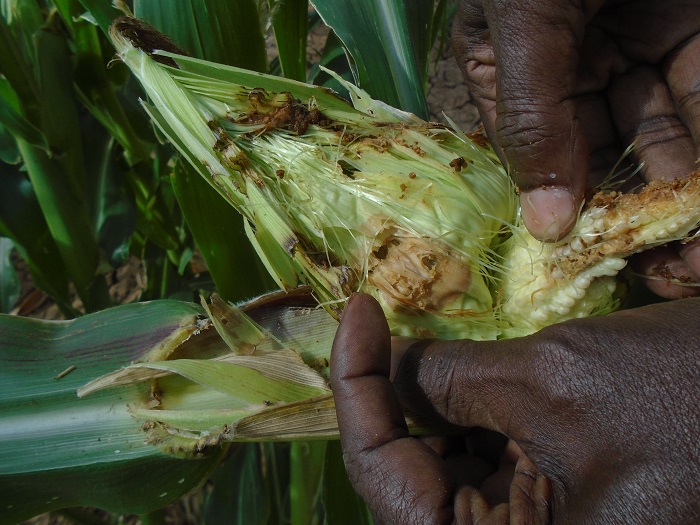
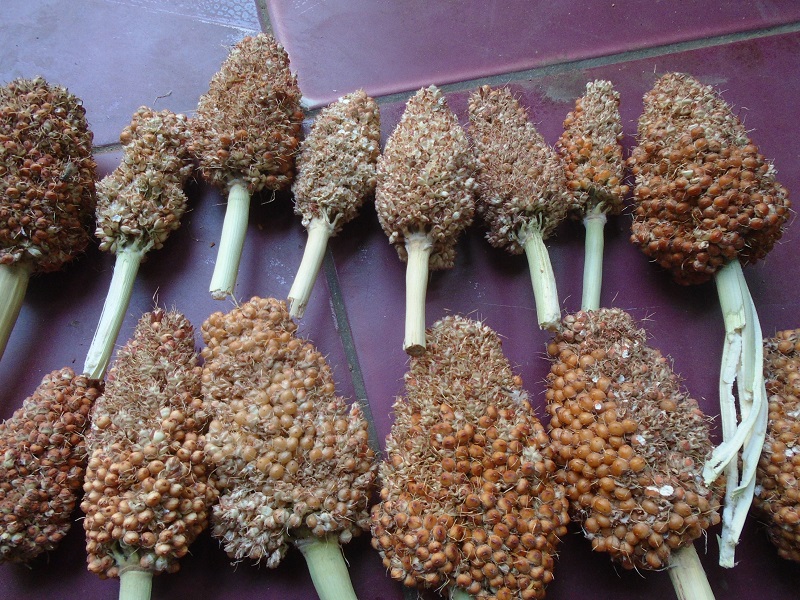
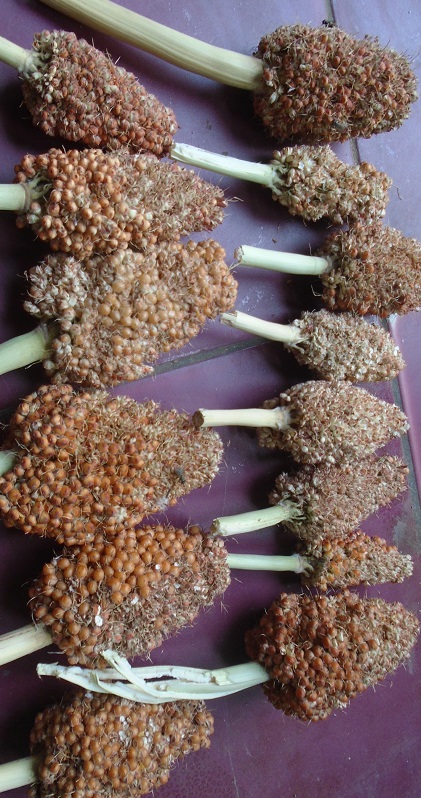
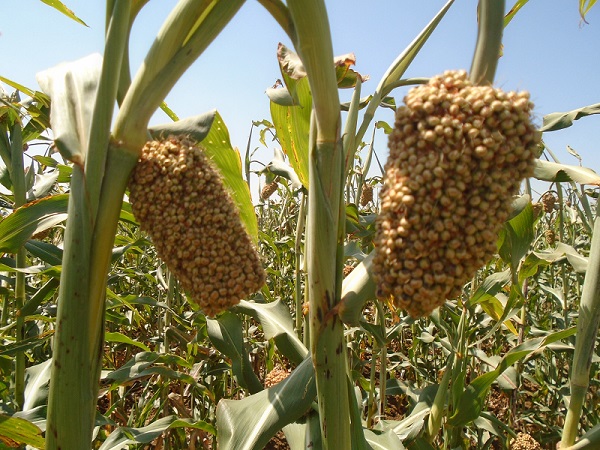
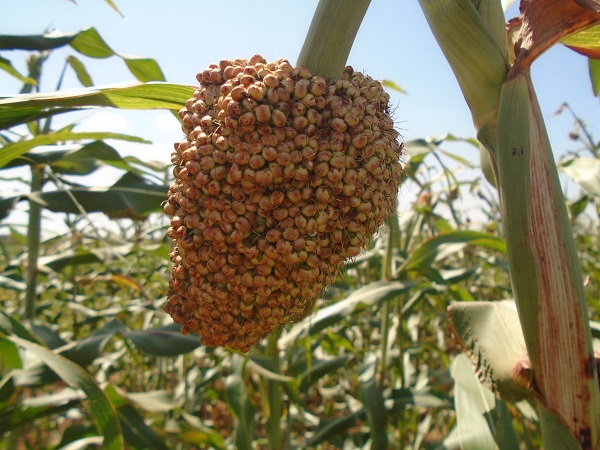

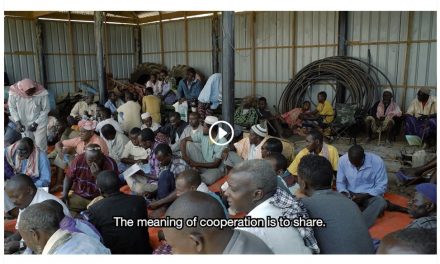




Recent Comments